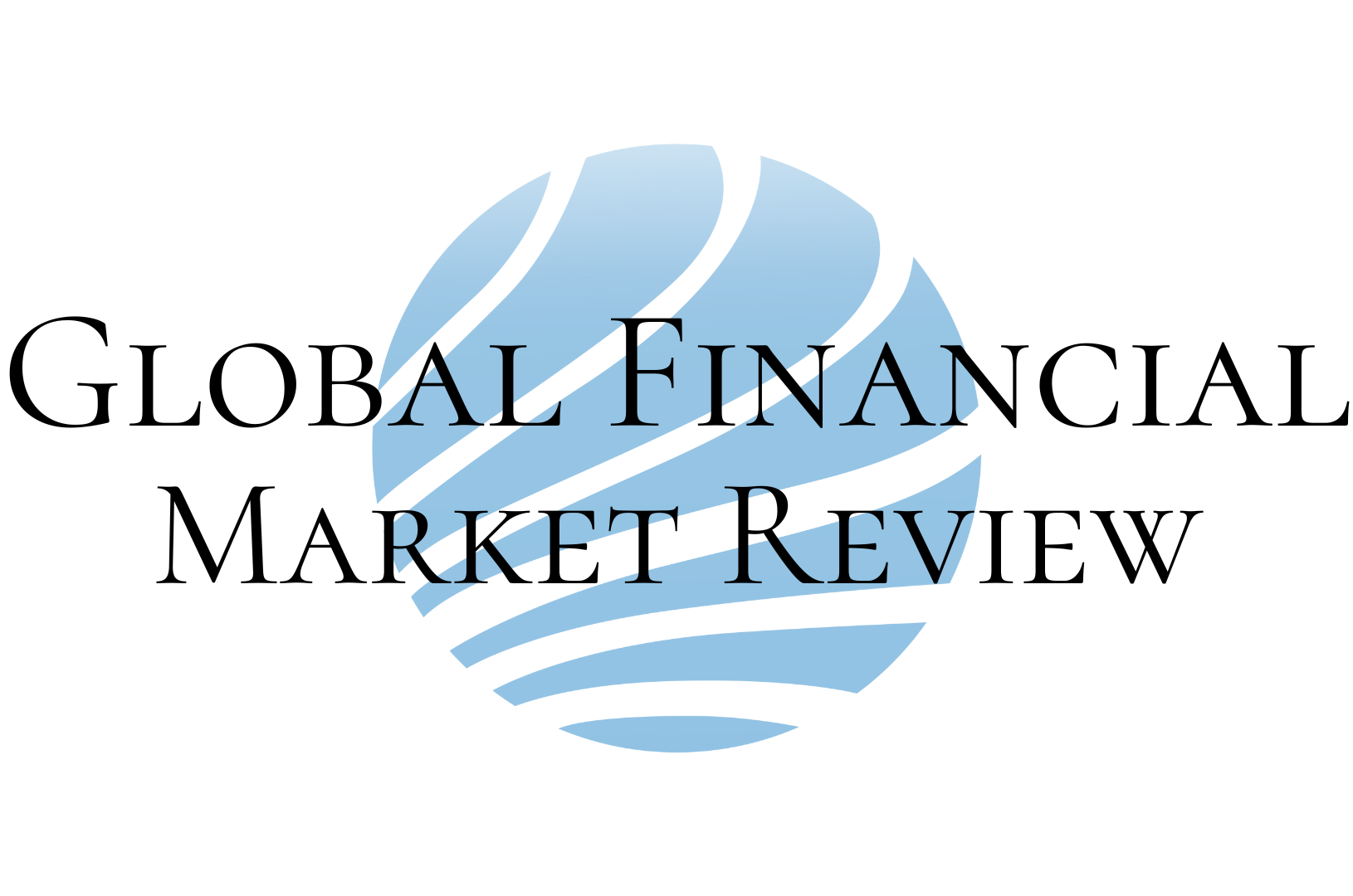Gulf Countries Cut Interest Rates, Following US Fed Move

Kuwait lowers borrowing costs for the first time since 2012 in response to US Federal Reserve's decision

Kuwait reduced its discount rate to 2.75 percent from 3 percent.
Kuwait joined a round of monetary easing in the Gulf for the first time this year as regional central banks followed the US Federal Reserve’s interest-rate cut of a quarter percentage point on Wednesday.
Policy makers in Kuwait lowered borrowing costs for the first time since 2012, after splitting from their neighbours when US rates were cut in July and September. Central banks in the region usually tend to move in lockstep with the Fed to protect their currencies’ peg to the dollar. Kuwait controls the value of its dinar against an undisclosed basket of currencies, meaning it has more flexibility in setting rates.
- Kuwait reduced its discount rate to 2.75 percent from 3 percent
- Saudi Arabia lowered its repo rate by a quarter-point to 2.25 percent, and its reverse repo rate by the same amount to 1.75 percent
- The United Arab Emirates and Bahrain also cut benchmark rates by 25 points
Rate cuts are timely in the energy-rich Gulf where economies have sputtered as global trade disputes and curbs on oil output put the brakes on growth. The latest forecasts by the International Monetary Fund show weaker expansion this year in Saudi Arabia, the UAE and Kuwait.
Kuwait, OPEC’s fourth biggest oil producer, didn’t move together with the Fed when the US central bank raised borrowing costs nine times since 2015, hiking the discount rate only four times instead.
Kuwait was trying to normalize its differential with the Fed and it’s ready to cut now that the spread is “back to its historical norms,” according to Rory Fyfe, managing director and chief economist at MENA Advisors in London.
But while lower rates may gradually feed through to consumers and businesses, it’s up to government spending to rev up growth, Fyfe said.
“Fiscal policy is absolutely the main driver of the economy in the Gulf and monetary policy in comparison plays a very minor role,” he said.
For all the latest banking and finance news from the UAE and Gulf countries, follow us on Twitter and Linkedin, like us on Facebook and subscribe to our YouTube page, which is updated daily.Emicool Secures First-ever Green Financing To Boost Sustainable Growth
The liquidity generated will be strategically deployed to accelerate the company’s district cooling projects across t... Read more
UAEs Ruya Becomes First Global Islamic Bank To Offer Shariah-compliant Crypto Trading
Digital Islamic bank ruya teams up with Fuze to offer secure, ethical crypto investments aligned with Islamic financial... Read more
Startups In Abu Dhabis Hub71 Secured $2.17bn In Funding Last Year
Hub71 startups in Abu Dhabi saw massive increase in funding in 2024 as innovation economy thrives Read more
UAE Fintech Pay10 First To Launch On Central Banks Open Finance Framework
The company has acknowledged the Central Bank of the UAE's crucial role in facilitating a responsible and secure rollou... Read more
PayPal Expands In MEA Region With Its Newly Launched Hub In Dubai
Will serve 80 countries in Middle East and Africa from its Dubai Internet City hub; Has signed several deals with regio... Read more
New Board Certifies DMCC Tradeflow As Fully Shariah Compliant
Shariah Supervisory Board appointed to oversee Tradeflow’s Islamic finance offering; Certified fully-compliant with A... Read more

